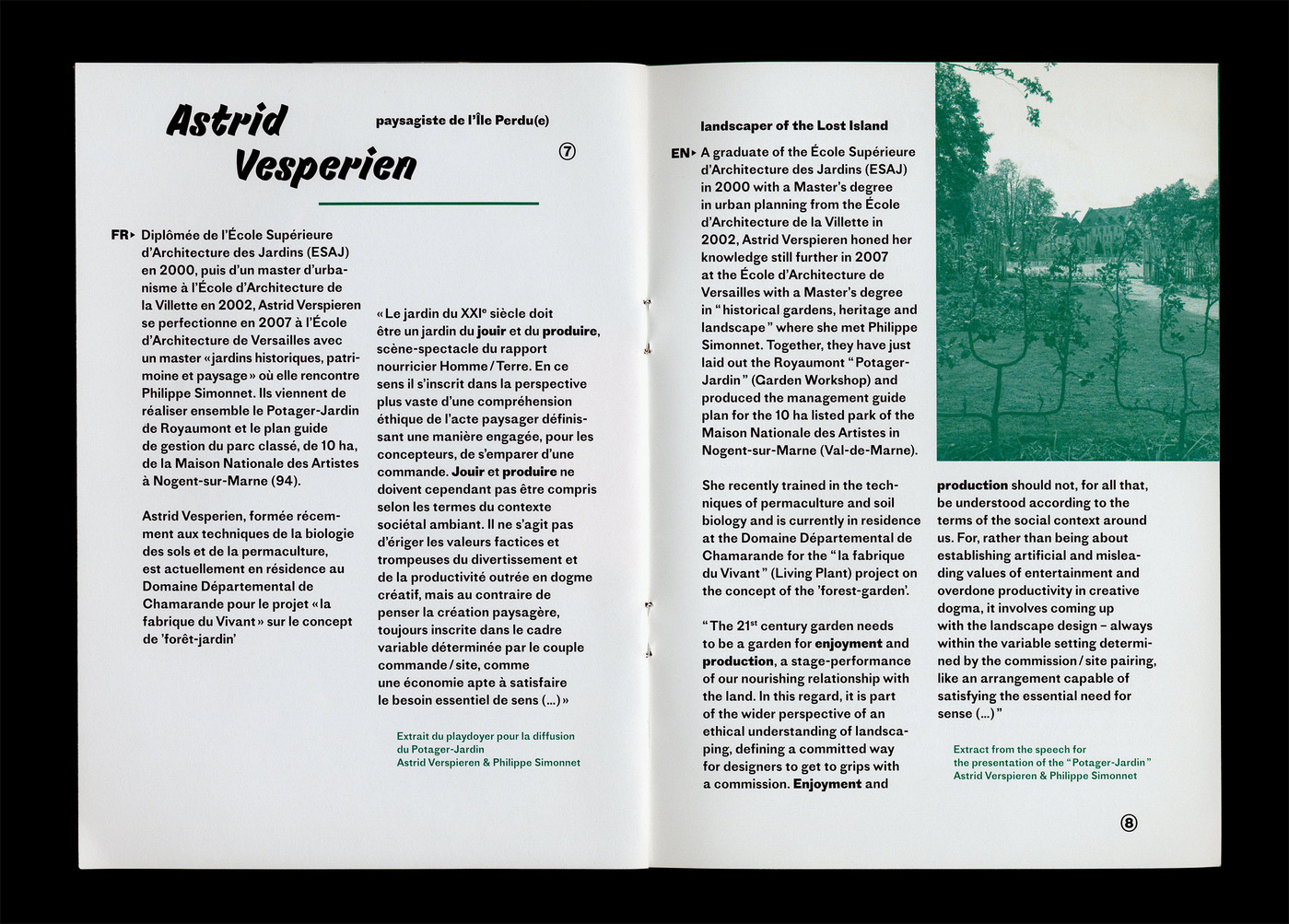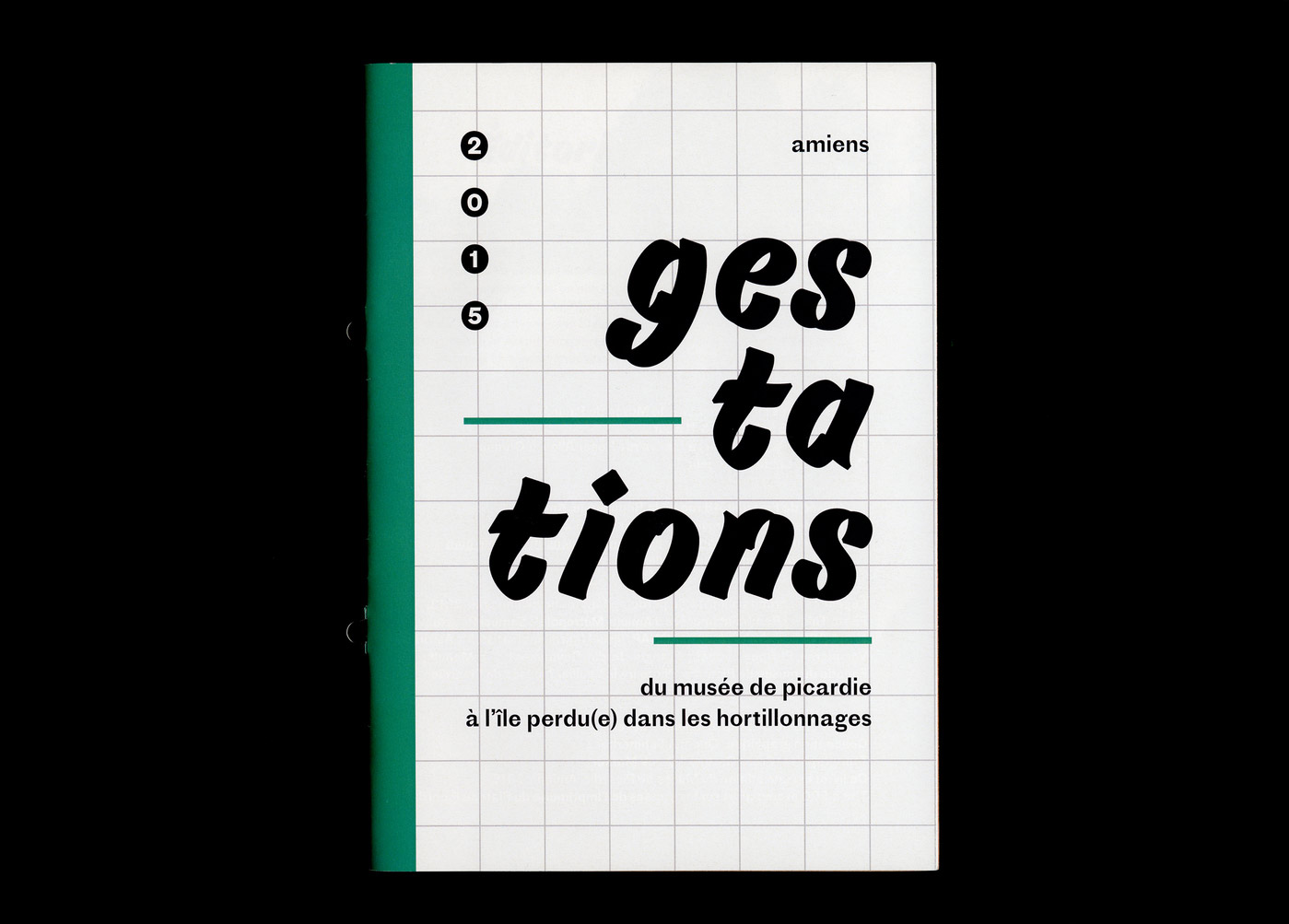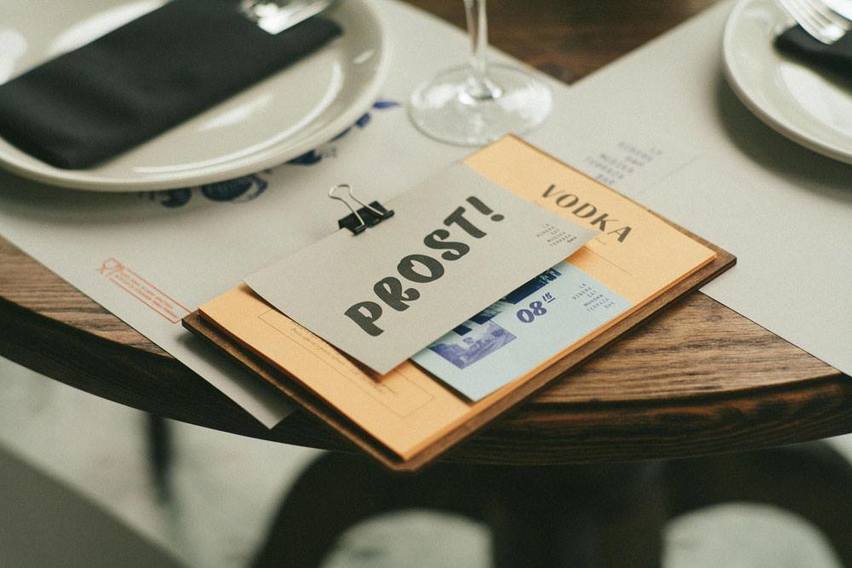The Quick family of scripts is a set of two slithering scripts. The Marker weight playfully contrasts undulating lines with the geometry that comes from using a square-nibbed writing utensil, and Quick Brush is the more relaxed, smoother sibling.
I am fascinated by the creation of calligraphic systems that are so distinctive and tied to a medium of production (Pique is another great example of this). I find confident, unique designs like Quick Brush and Marker to be intoxicating—I ache to have an excuse to use them. It’s impossible to use these fonts in a neutral way. The ways to deploy typefaces like these might be limited, but when they sing, boy do they belt.
The Quick family of scripts feels naturalistic while staying consistent from letter to letter. It balances feeling thoughtful and consistent but at the same time effortless. You could imagine a seasoned sign painter scrawling out these characters in moments with little thought, but what is left is still masterfully made. The best scripts are the ones that feel ordinary to the owner of the hand that originated them, but to the rest of us (I’m so scared to write that the thought of a whiteboard sends me into cold sweats), Quick Marker and Brush are masterpieces.


















